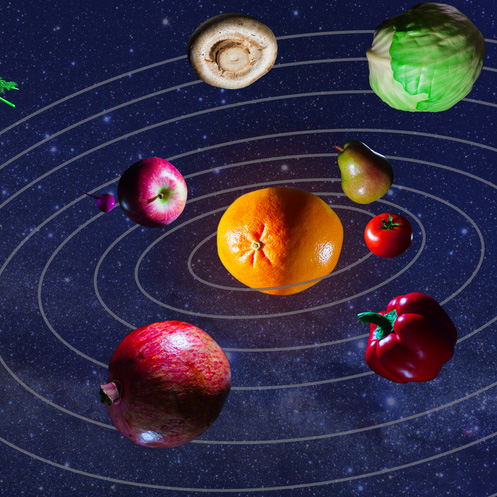

Research Terms
The strawberry breeding program at the University of Florida has developed germplasm and DNA markers that enable the efficient creation of strawberry varieties resistant to anthracnose fruit rot (AFR) and anthracnose root necrosis (ARN). Strawberries are a $400 million-a-year industry and one of the most important crops to Florida agriculture. Anthracnose fruit rot and root necrosis are two common and economically damaging strawberry diseases caused by the fungal pathogen, Colletotrichum acutatum. AFR is a disease of the strawberry affecting all parts of the plant, while ARN affects the roots and the crown. Researchers at the University of Florida have identified the gene variant accounting for at least 50% of the phenotypic variation in AFR resistance and moderate resistance levels to ARN.
Using DNA markers linked to the resistance gene variant (FaRCa1) enables efficient and rapid integration of this fungal resistance trait into existing strawberry varieties with no resistance to AFR or ARN. Alternatively, identifying the candidate gene variant responsible for this resistance enables the use of gene editing to create new AFR and ARN-resistant strawberry varieties. Genetic modification to increase resistance to AFR and ARN could significantly improve strawberry breeding economic efficiency by reducing fungicide use and yield loss from AFR.
Creation of strawberry varieties with resistance to anthracnose fruit rot (AFR) and anthracnose root necrosis (ARN)
Identification of the AFR, ARN-resistance gene variant (FaRCa1) enables the more rapid and efficient generation of new varieties by strawberry breeders. The FaRCa1 locus of the strawberry plant confers resistance to AFR and ARN, with the 163.26 gene within FarCa1 correlating with AFR and ARN resistance. The creation of new varieties with resistance to the C. acutatum fungal pathogen can occur through gene editing of the FaRCa1 locus. Alternatively, DNA markers linked to the resistance gene can more efficiently and rapidly select AFR and ARN-resistant strawberry plants and introgress the resistance gene into varieties that currently do not have resistance to this pathogen.













































































